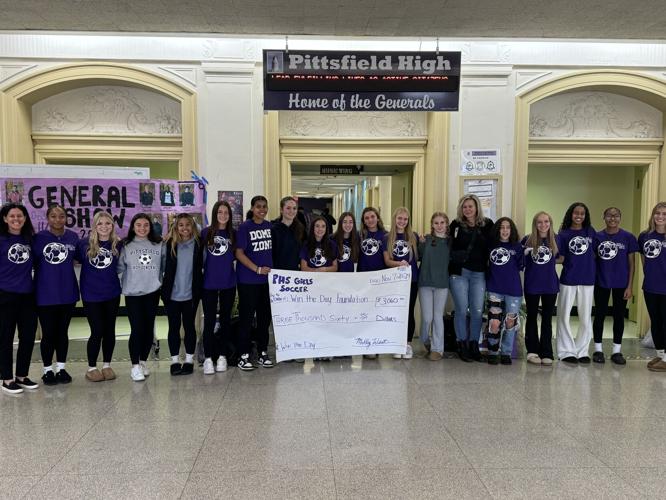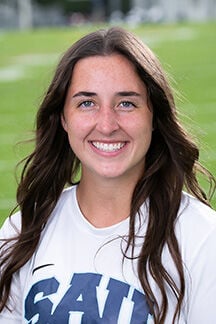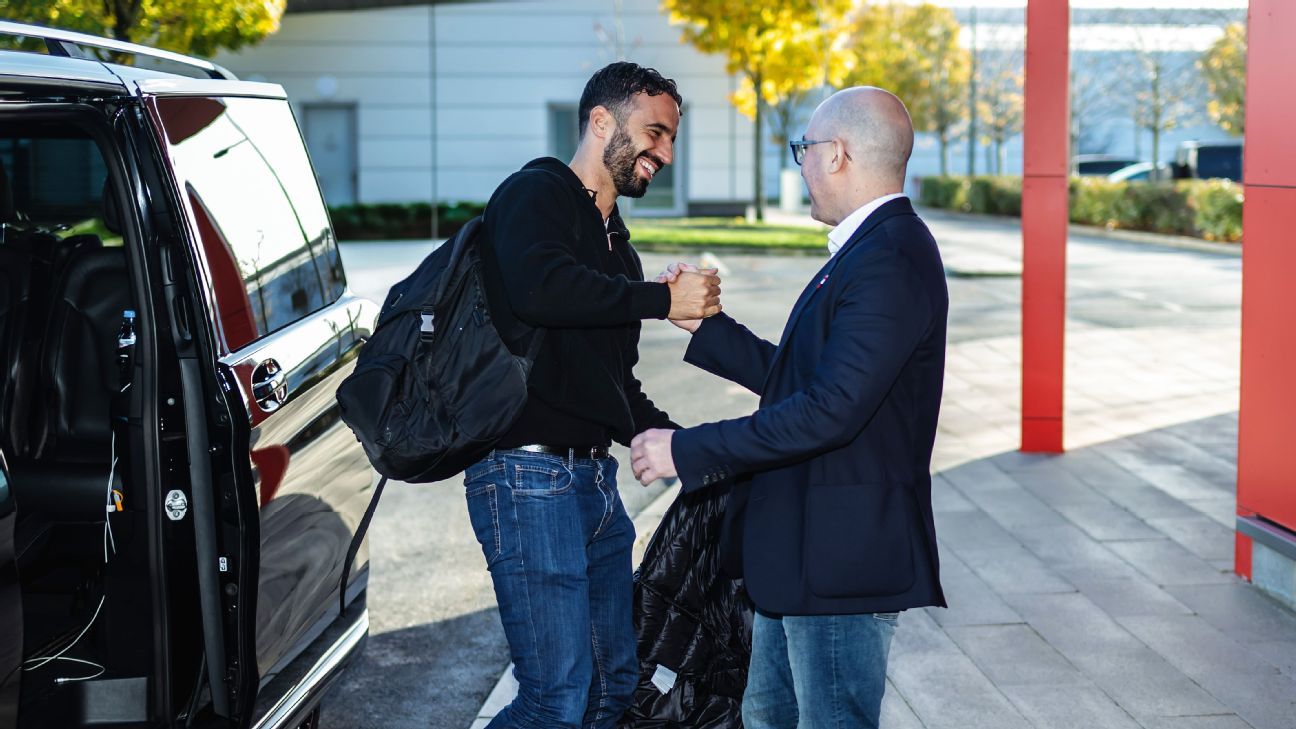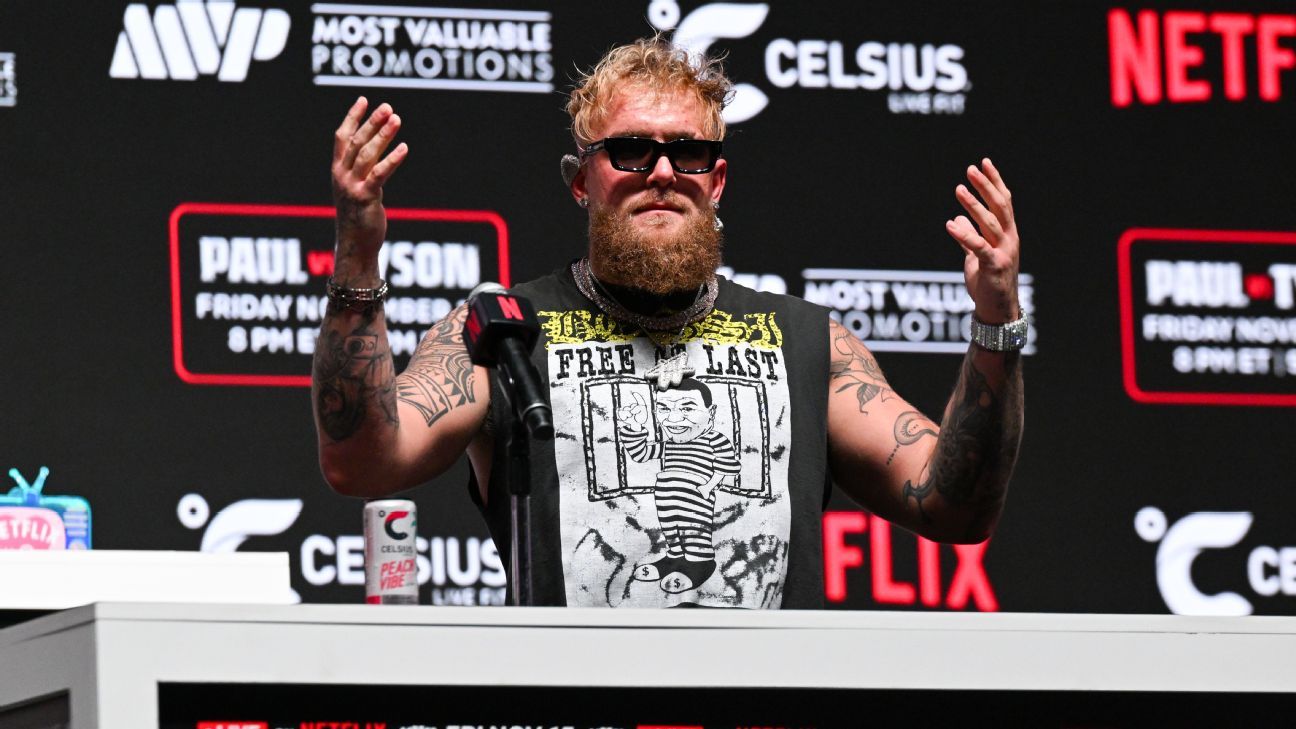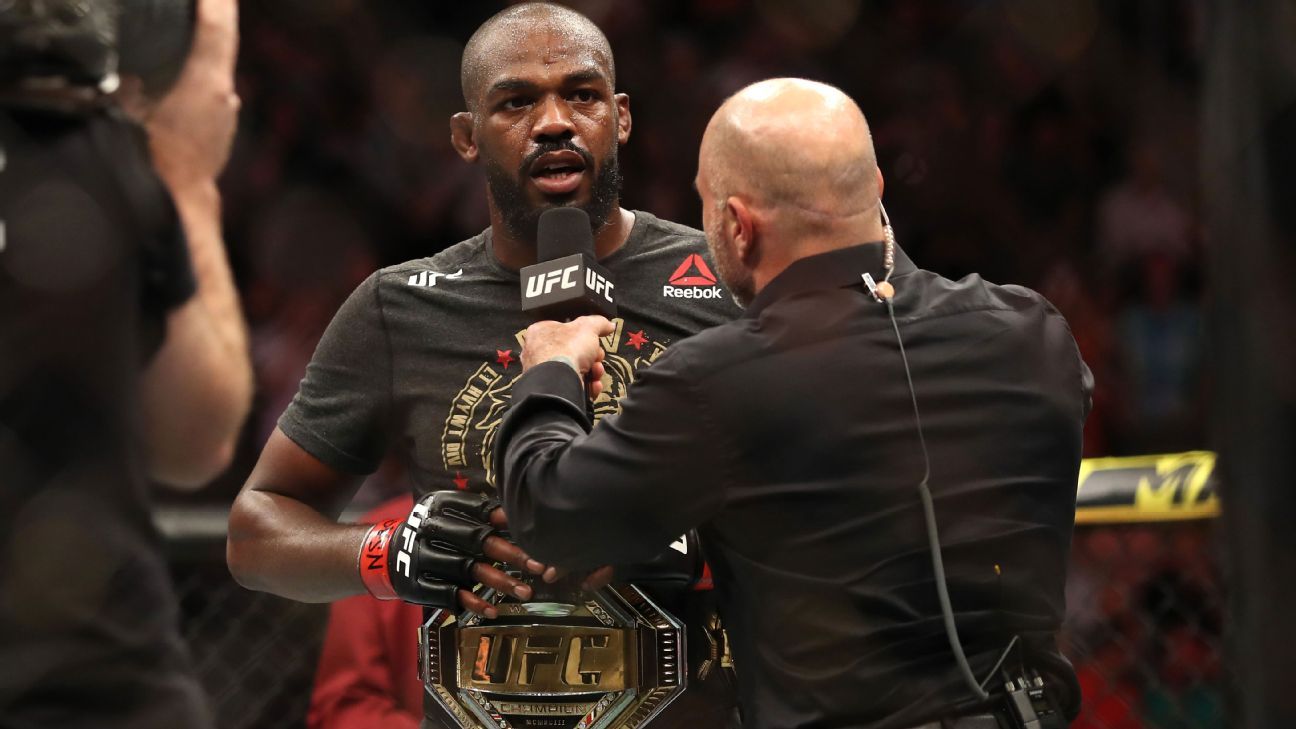
How does one celebrate 175 years of existence? If you're Huntsman, London's storied Savile Row tailoring house, you tap Tom Chamberlin, editor-in-chief of " " magazine, to make his authorial debut. "Huntsman: Redefining Savile Row" is due to hit store shelves in the U.S.
on Tuesday. It's a retrospective on the brand and a recognition of the craftsmanship required to make a bespoke garment. "I also want people to have a keen and acute understanding of the people who anonymously dedicate their lives to this art," Chamberlin told USA TODAY.
"People pour this passion and talent into something for you." Huntsman, which helped inspire (Taron Egerton, Colin Firth), has served clients from British, Hollywood and financial royalty. Chamberlin sat for a conversation with USA TODAY to discuss the firm's history, how tailoring remains relevant today and how the book represents the start of his next chapter.
One of the things that Huntsman say about themselves is that they are contemporary since 1849. The thing with Huntsman is that it's gone through several permutations over the years. Whilst tailoring has had its challenges, Huntsman have been, in each permutation, the place in Savile Row where there has been forward thinking.
That place that understood the needs of a client in a developing world that was getting rid of things that were a lot slower. There were the archetypes of the English gent that was a popular thing back in the early 20th century. As Hollywood began to gain power and influence, Huntsman was basically the first tailor to shift towards dressing them.
It made sure it was keeping up with the times. Colin Hammick was a young man who during the Blitz in the Second World War was, along with a lot of other children, evacuated from London. He was evacuated to the countryside and the family that he was billeted with was a tailoring family.
He learned how to do tailoring by chance. He could have landed with any family in the countryside ..
. He just so happened to have a family that were tailors and he was fascinated by it. When he was old enough to return to London, he got himself an apprenticeship immediately at Huntsman.
He started as an apprentice and then ended up being the head cutter and not retiring until the mid-90s but the key aspects of his career was in the 1960s and 1970s where he established the archetypical Huntsman cut. It derives from a hacking jacket, what you wear when you're in the saddle, which is why there are slanted pockets. There were aspects to it that he really liked so what he did was he took that and created it as the Huntsman house cut.
It's structured and yet not quite military, nice and broad lapels, proud shoulders. The length was also key. There were codes of tailoring where the jacket should stop at the bottom of the seat.
Hammick let it go a little bit further on to create a really nice long flowing jacket. You would see later when and , who you may know about as the kind of the tailors, took on the Colin Hammick hacking jacket. The revival of Savile Row came when Tommy Nutter opened up and introduced it to the Beatles and all those sorts of people but their look, the one that revived Savile Row, was all based-on Colin Hammick.
It's an important story to people, firstly, who have an engaged interest in the concept of bespoke tailoring, because what you see there is the zenith of the craft. The process at Huntsman of the head cutter, the undercutters, the tailors downstairs, the finishers, the pressers, all being in one building is very rare. There's only maybe one or two houses other than them that do it.
Huntsman being able to do that allows you to see process from start to finish and also understand what true craftsmanship is. I think there's a lot of people who do not know exactly the work that goes into it. It's very, very important to honor the effort and the talent and the hours that go into the creation of a bespoke suit because it could be potentially overlooked and misunderstood.
It's 80 hours of handwork which requires an awful lot of training, mentorship and also ability. This isn't something that everybody can do, you need the eye for it. I wanted to make sure that that was properly recognized in the book.
Crucial. I went around and basically spoke to everybody who was there to get a real sense of Huntsman family. It was never going to be a brand that was going to find it difficult to open up.
Huntsman's always been good at this kind of thing. You can see with things like "Kingsman" and the sort of the amazing auctions it does, when it creates the Huntsman skis and so forth that Huntsman is available to people with great creative minds. The owners, Pierre LaGrange and Ebs Burnough, were absolutely insistent that the book was grounded in the craftsmanship and the people who make these clothes day on day, not just the kind of the ephemera of things like movies that they're involved with.
There was always going be a lot that was available to me in research of the book. There is a very good argument that Huntsman could have closed down were it not for Pierre LaGrange. It had gone through quite a rocky era where there was a Japanese ownership that wasn't really rooted in Savile Row and I think tailors don't really survive if they're not rooted in Savile Row.
If you look at what happened with the and the , Kent and Curwen, Cerruti, etc., that was all because it was basically taken away from Savile Row in quite a large way. I'm on the record as having said that Pierre LaGrange is probably the most important person in the past 20 years on Savile Row.
The purchase of Huntsman by him when he first got it was received incredibly sniffily. Savile Row is not a great place for outsiders, they're wary of what people might do. They are worried about people who don't necessarily understand the ecosystem and won't fit themselves to it.
When he took it on, I think people were genuinely very nervous about what was going to happen. He has entirely proved the critics wrong. Huntsman has now grown into being a brand.
I did a lot of research while I was there so I would sit upstairs in the floor above the shop and I would pour through lease agreements and the archive of things that they still have. Tailors aren't naturally great archive keepers, but Huntsman did an okay job and I found some rather lovely things. Every 10 minutes you would hear somebody go by and say, and they would stop and they would take pictures and people would go inside.
I spoke to the guys there who are front of house and they're like, every day, lots and lots of people come in. The effect, just from a kind of PR point of view, has been phenomenally good. Whether you like the films or not.
I think that there was a sense that when you had the older characters like Colin Firth and then the younger characters like Taron Egerton, all in amazing outfits, looking great, there was a sense that the suit is this kind of universal sort of sexy item that people can don and is relevant to anyone. I don't want to come across too simplistic, but it was because I was fortunate enough for them to come to me to ask me to do it and it's their 175th anniversary. I should mention the person who did the introduction to the book is a man named Nick Foulkes.
He is my mentor and a man who I greatly admire and revere. He has been covering the bespoke arts since the 1980's, which is when I was born. Past him there aren't that many people that tell these stories.
There's quite a lot of fashion journalists but it's a whole other thing to know about what saddle stitching is, what a rope shoulder is, what a patrol back or what pattern matching is and all these sorts of little nuances. The depth chart, to pull up a sports analogy, is quite small. I feel very fortunate that I was asked to do it.
I feel like they knew that because of my knowledge of the background to the bespoke arts, that I would be able to kind of do justice to what their brand is all about. As I say, it's crucial to focus on the craft and so I was very honored to be asked to take it on. : I love British culture and history.
I feel, unlike the Italians and the French, that the British are terrible at being proud of its cultural heritage when it comes to things like tailoring. I would want people to see this as a history book in the sense of coming to understand a very distinct and powerful part of British culture. All the things from James Bond and so forth, this all stems from what people did in Savile Row.
James Bond without his suits is not really James Bond. That sense of taste, elegance and sophistication all stems from this one little street. At the very center of that street is this brand.
I also want people to have a keen and acute understanding of the people who anonymously dedicate their lives to this art. Who every day they go into these wonderful, lovely old British buildings and go downstairs and take off the jackets and sit at a bench all day and carefully work on something for you. That's the wonderful thing about the story.
These people do it without praise, they do it anonymously. The head cutter does get a lot of the praise, and probably rightly so. At the same time, there are a lot of other actors in this whole thing.
This is an old art. The moment that the needle and thread was invented, you started having fabrics being able to be sewn together and people can have shelter through that. These clothes we wear are a descendant of that history and the tailors that do it are the people that maintain an ancient art.
.


